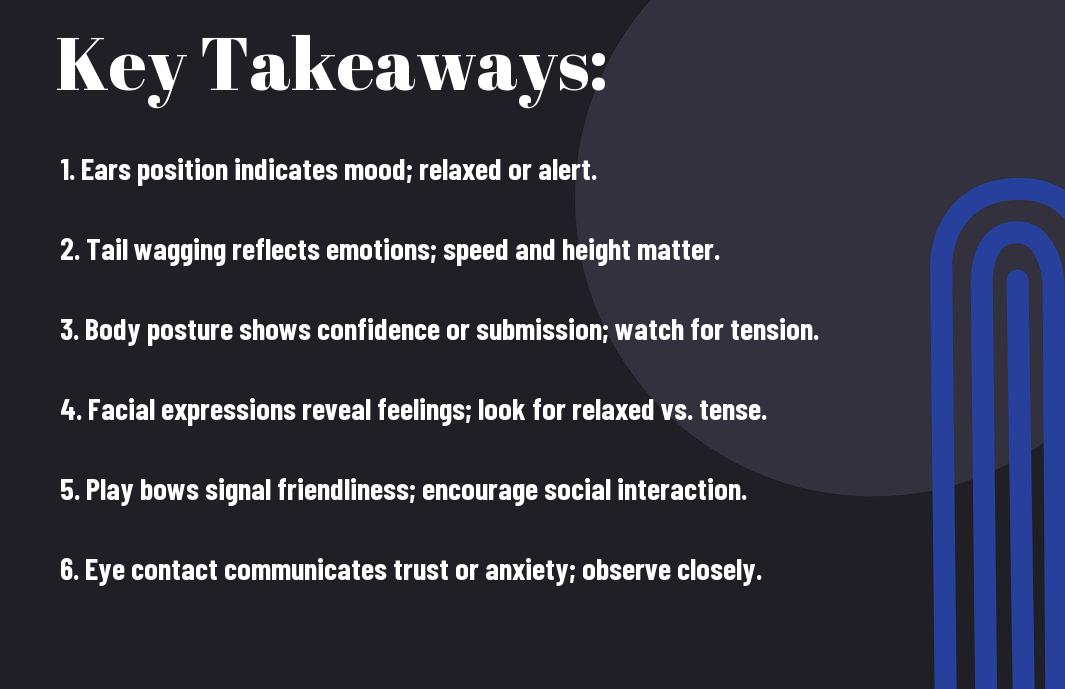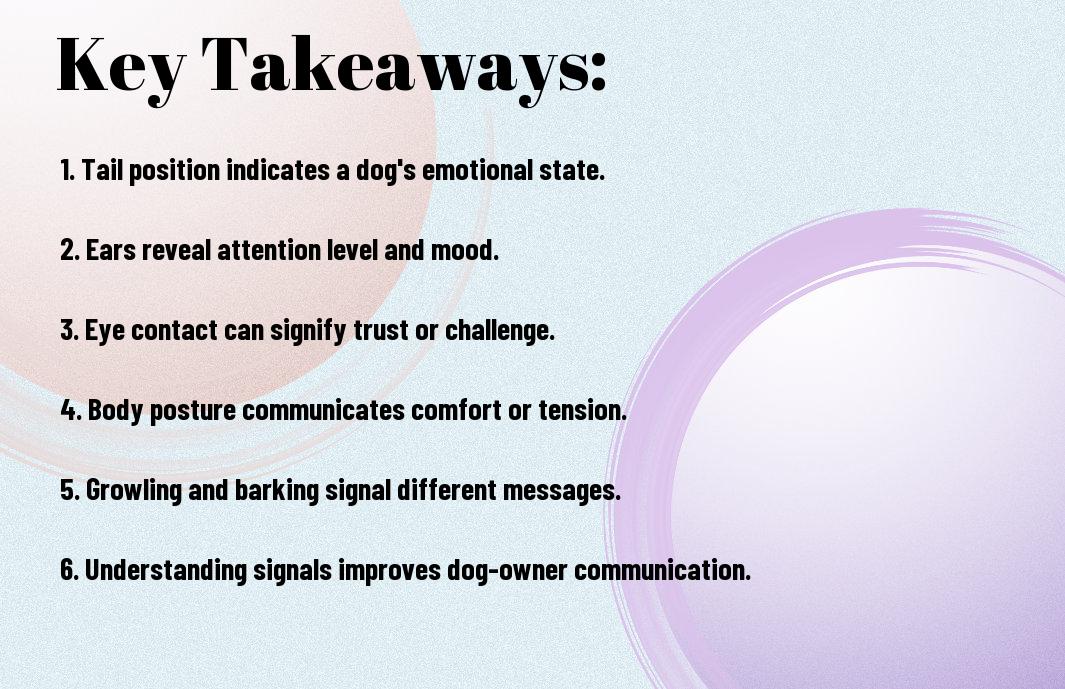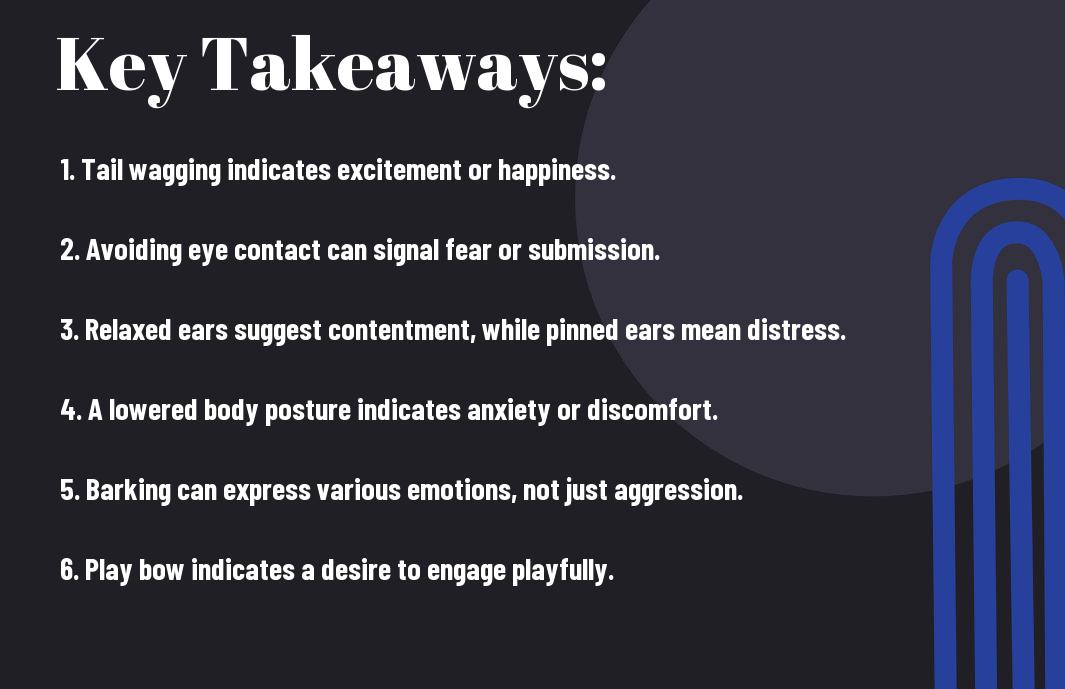It’s vital for cat owners to be able to interpret their feline’s body language in order to understand their needs and emotions. Cats communicate through a variety of signals, including their posture, facial expressions, vocalizations, and tail movements. By paying attention to these cues, you can develop a better relationship with your cat and provide for their well-being.
One of the most common signals that cats use to communicate is their tail movements. A cat’s tail can tell you a lot about their mood. For example, a relaxed and upright tail indicates that your cat is feeling content and confident. On the other hand, a puffed-up tail signals that they are feeling frightened or threatened. If your cat is swishing their tail rapidly, it may mean they are agitated or upset.
Facial expressions are another important aspect of a cat’s body language. Dilated pupils suggest that your cat is either scared or excited. Slow blinking is a sign of trust and affection, as cats often reserve this gesture for their favorite humans. However, a fixed stare with dilated pupils can indicate aggression or discomfort.
Posture is also a key indicator of a cat’s emotional state. A relaxed cat will have a loose posture, with their body lying comfortably on the ground. Arched back and raised fur can be a sign of fear or aggression. On the other hand, a cat crouching low to the ground may be preparing to pounce or play.
Understanding your cat’s vocalizations can also help you decipher their messages. While a purring cat usually means they are content, a loud and continuous meow could be a sign of hunger, loneliness, or discomfort. Hissing or growling indicates that the cat is feeling threatened or defensive.
It’s important to remember that each cat is unique, and their body language may vary depending on their personality and past experiences. By spending time observing your cat and getting to know their individual cues, you’ll be better equipped to respond to their needs and provide them with a safe and comfortable environment.
Therefore, paying attention to your cat’s body language is crucial for building a strong bond with your feline companion. By learning to interpret their signals, you can better understand their emotions and respond accordingly. Remember to approach your cat with patience and respect, and always seek professional advice if you are unsure about your cat’s behavior. With time and practice, you’ll become an expert in decoding your cat’s body language and creating a harmonious relationship with your beloved pet.











